First Encounters with Nodding Nixies (Apteria aphylla)

Apteria aphylla, nodding nixies, were one of those fall blooming species that I had been dying to see for several years now. Chris couldn’t believe I hadn’t come across any but we hadn’t been in their habitat locations during the fall and typically he’s the one doing the field work these days which meant he’s had ample opportunities to see them, moreso than I have. But, seeing them in person finally happened for me when I came across the in the Big Thicket last year. And there were tons to see!
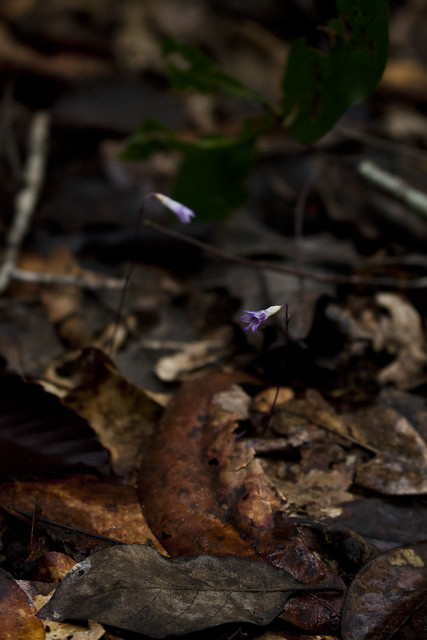
Nodding nixies are in the Burmanniaceae family, which means if you’ve ever seen a Burmannia spp. before, you know that they can really blend in with leaf litter quite well. They aren’t very tall and their stems are dark and fade right into the beech and magnolia leaf piles on the forest floor. The purple is even just that right shade of coloring that if the light catches it right you just might see it but there’s an equal chance you may not!
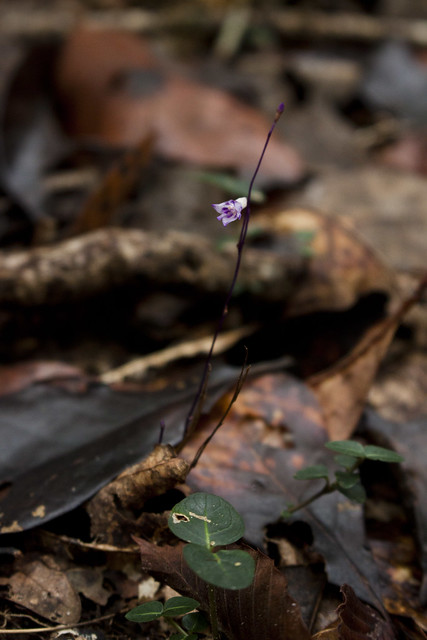
You can see the partridge berry, Mitchella repens, here among the leaf litter which gives you a bit of a clue as to the size of the nodding nixies.

And you have to take careful steps and notice where you are laying when you get down to their level to take photos because it is easy to squish one!
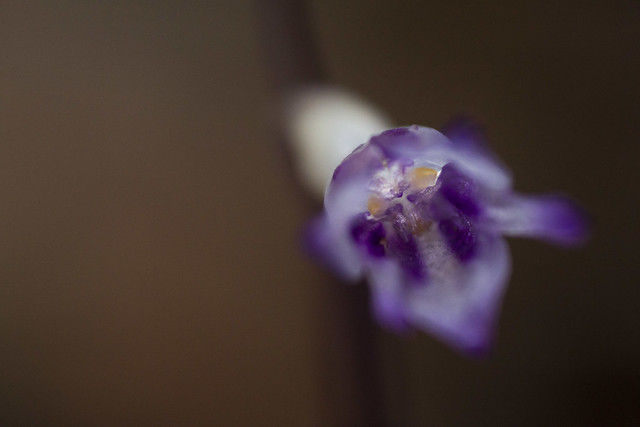
I spent some time doing some macro photos of them but really would like to attempt them again this year if I can get the chance.
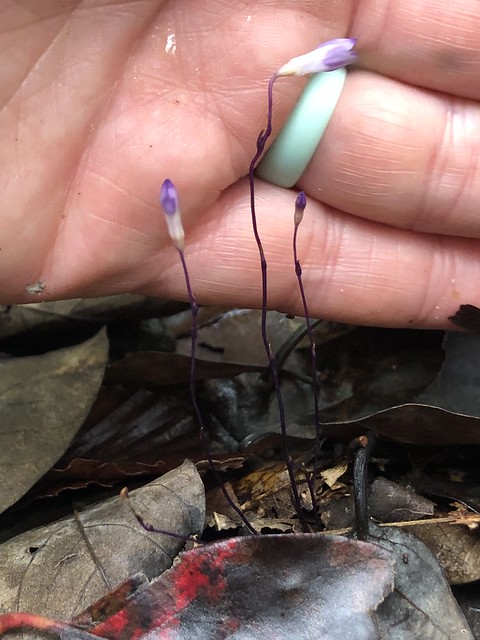
And another viewpoint of their size with my hand behind them.
Nodding nixies are mycotrophic plants, which means they get their nutrients from fungi in the vast network of fungi that accumulates in the decaying leaf litter of wet to mesic forest floors. We found these in the Beech Creek Unit of the Big Thicket but look throughout SE Texas in this kind of habitat and you are sure to come across them. Their range is the coastal south, starting in SE Texas through a significant portion of Florida. Start keeping an eye out for them now, though it may be a bit dry this year for them to be up and blooming now, until late November.
*Note to email and feed reader—I’m updating the blog layout, if you get a chance to view the blog on the site itself, please let me know if you see any issues in viewing it on your end. I want to make sure it looks well across all devices. I’m still working out a few kinks but so far I’m liking the changes!*



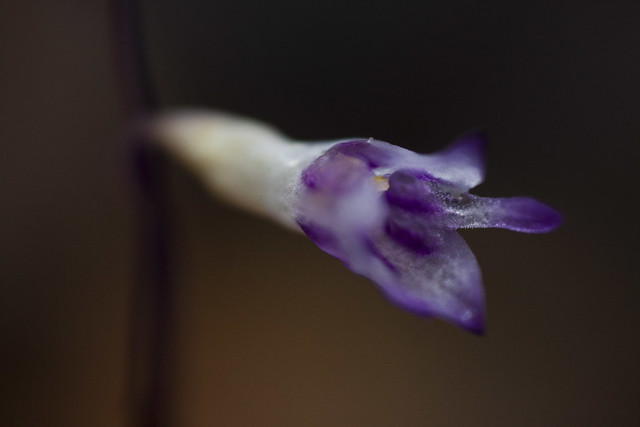
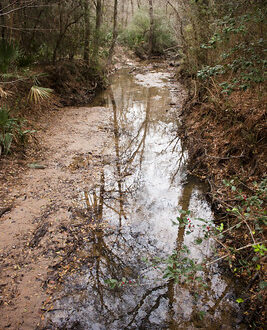
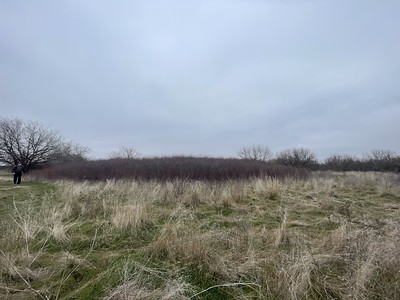
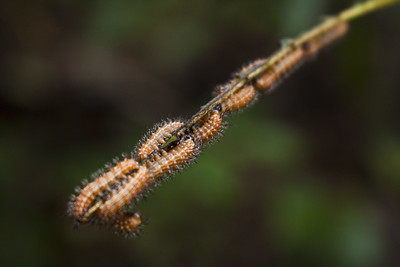
3 Comments
shoreacres
Love the new look! It’s nice and clean. The only suggestion I’d have is to put the search box above that huge archive list. I couldn’t find it at first, because I never scroll through lists like that when I come across them. Another solution would be to use a drop-down list for the archives.
Now — to the good stuff! I’ve never heard of this plant, but your description of it and of the kind of environment it prefers reminded me of the Indian Pipes and orchids I found at the Watson preserve — there were beech trees, and plenty of moist forest litter. I’ll have to be sure and look in that spot this year. Also, I’ve never been to the beech unit — maybe I’ll make a visit when it’s a little cooler.
Tina
Lovely little plant and its name matches its cuteness level. I assume it grows in a moist-ish environment? Really nice photos of a tiny plant.
Weirdly, I don’t really pay much attention to the layouts of websites, unless they’re hard or frustrating to navigate. This seems very nice: simple and elegant. I’d agree with Linda that the search bar should go somewhere at the top. That’s one of the more frustrating things I find with sites–how the heck do I find something! Otherwise, nicely done. I should re-do mine…:)
Judy Bass
What a sweet little flower. I will keep a lookout for it in our woods.